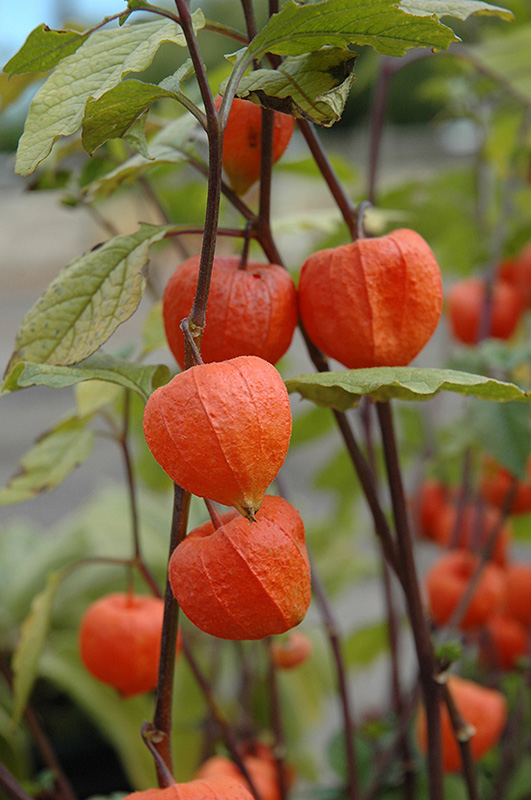

Hardening off time varies, but can take 5-10 days.ĥ) Planting out. Hardening off can be done using a shaded or filtered light location, as well as protection from strong winds, rain or low humidity. Care should be taken not to expose seedlings to direct, scorching sun so plants may need to be hardened off via slow sun exposure. Once a few true leaves have developed, seedlings should be slowly moved outside (if sprouted indoors) to ambient light. Hot soils above 95F will also inhibit germination.Ĥ) Care of seedlings. Cool soils, below about 60-65F, even just at night, will significantly delay or inhibit germination. Soil should be kept consistently warm, from 70-85F. Multiple seeds can be planted in a single starter container, but should be thinned once seedlings appear so only a single plant remains.ģ) Germination. Water when the soil surface just begins to dry. Excess water can also bury seeds deep in the soil where they will not be able break the surface. Over watering can cause fungal growth which leads to seed rot. Seeds that sink deeply into soil will not be able to reach the soil surface once germinated.Ģ) Plant seeds. With very small seeds such as Physalis, watering overly dry soil can cause the seeds to dislodge from their position and sink deep into cracks in the soil. Make sure potting mix is damp prior to planting the seeds. Use a standard potting mix that is well drained. In-ground germination is not recommended because conditions are not as easily controlled. Physalis seeds should be sprouted in small containers, preferably 4" or smaller. Physalis seeds are usually fairly easy to germinate, though germination time can be a bit longer than other vegetable seeds. Generally likes moist soil so watering is necessary in drier climates.


#Chinese lantern plant care full
Growing EnvironmentĬan be successfully grown in full sun or part shade. Can grow as an annual and will reseed itself in most climates. Hardy to 20F and lower in its dormant state. It is a vigorous plant and can spread if left unchecked. DescriptionĪ short perennial usually growing to no more that 2ft. The lanterns will look striking as they die back to a latticework in the winter and you can just trim them back once dead and they will re-emerge in the Spring.Seeds are now available at our seed store. If you do, don’t be alarmed when the foliage dies off with the frost. The lanterns can be cut and dried for the vase or enjoyed on the plant and if you have a nice, sunny or partially shady spot in the garden you might decide to plant it out. Please note although these plants are related to the cape gooseberry bush the berries are not edible and could cause a stomach upset if eaten in any quantity. If your plant is in the ground add a top dressing in spring to add extra nutrients, whilst in a pot and in flower your plant will do well with a general-purpose balanced feed once a month. When young they can be enjoyed indoors in a cool room but they are hardy perennial plants and can be grown in the garden or in a pot on a patio longer term.

These lovely Physalis alkekengi or ‘Chinese Lanterns’ will flower in the spring producing ornamental berries encased in colourful lantern shaped calyces in the autumn.


 0 kommentar(er)
0 kommentar(er)
